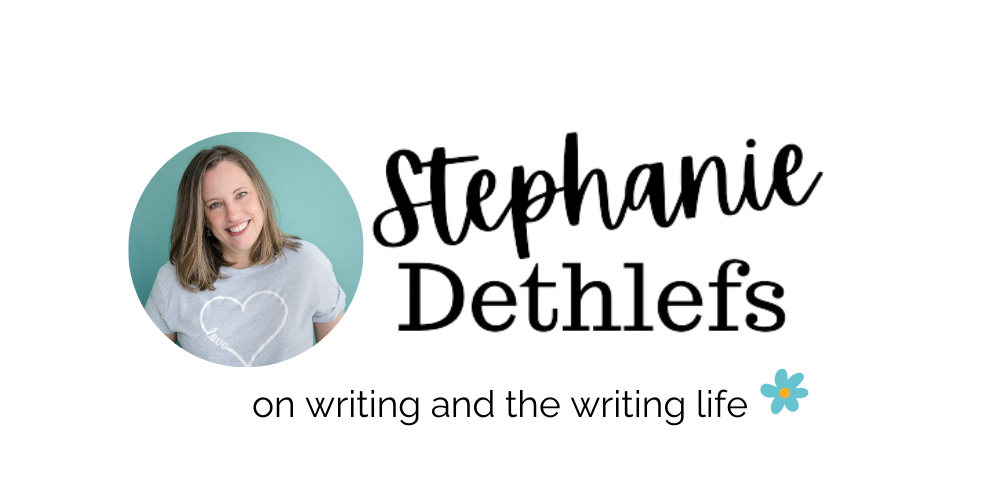The Groundwork for a Story
An introduction to the World’s Best Tools* to get started or unstuck.
* I bestowed this distinction myself. 🏆 But it’s true. Seriously.
“I have an idea, but I don’t know where to start.”
“I have started writing, but I’ve hit a wall and I don’t know where to go from here.”
I know, dear one. And there could be a lot of reasons for this.
Most likely, you’re lacking a solid foundation for your story.
So no matter where you are in the writing process, take a moment to consider these three elements.
Introducing…
The Groundwork for Your Story
MESSAGE
Your story is saying something about the world, or life, or the human experience.
CHARACTER ARC
How the character is going to change internally by the end.
TURNING POINTS
Those key plot moments that drive your characters toward new understandings.
MESSAGE
What is the POINT of your story?
For example, if you were writing a novel about a friendship between two women in their 40s, for example, you would start by considering what it is you are trying to say about friendship between women in their 40s. Or if you were writing a dystopian short story about the impacts of climate change, you would consider what it is you are trying to say about climate change.
Things to consider:
It might sound like a cliche. That's totally fine.
It will never be overtly stated. It is for the reader to discern through the characters actions, reactions, and decisions over the course of the story.
💫 Try this!
Do a 10-minute free-write where you write everything you are trying to say with your novel. Let the ideas sound repetitive and incomplete. Then condense it down into one phrase or sentence. This may take several tries and multiple revisions.
CHARACTER ARC
How will your character(s) change?
Your characters, particularly your protagonist, are the avatars for how the reader experiences the story. Because of this, it’s important to have three dimensional, complex characters who make decisions that move us, surprise us, and compel us to keep reading. Figure out where they are at the beginning of the story, and how they will be different by the end.
Things to consider:
What do they want? This is what will motivate their decisions.
What do they believe? This is probably something that needs to change.
What do they fear? These are their worst-case scenarios.
How will they change? This is crucial, and is what will drive your plot.
💫 Try this!
Answer the four questions above for your main character. Make sure your answers include both internal and external answers (e.g. they want a new job - external - and also want to be happy - internal).
TURNING POINTS
Why are these events happening?
Once you know what you are trying to say and how your characters are going to grow and change over the course of your story, you can set out a series of key plot points that will force them to act, react, and make decisions that lead to this change. Map out as many or as few as you need or want to plan in advance.
Things to consider:
Cause and Effect. Make sure that your plot points drive into one another.
Characters' Agency. A plot event happens because of the character's actions, reactions, and decisions in previous scenes. Things don't just happen.
Obstacles. Include obstacles that either move your characters toward their goals or set them back.
💫 Try this!
Try using the Disney Pixar story frame to lay out some key plot points. "Once upon a time...one day...because of that...because of that (etc.)...until finally...and ever since that day..."
Regardless of whether you
like to plan out your entire story or write it by the seat of your pants,
are writing a contemporary romance or an autobiographical historical novel,
are working on a book-length work or a short piece,
this work will be the foundation of your story.
It will help you get started. It will help you get unstuck. And later, it will help you revise. It will help you get it published, if that’s what you want.
Spend the time figuring out these three things, whether you are just starting or stuck.
It is worth it.
Grab the FREE PDF version of this resource here!
A reminder:
The deeper you understand your story, the more your reader will be impacted by it.
And at the end of the day, that’s what we want: to help our readers feel seen and see things in a new way.
This is work I believe in so deeply I want to scream it from the rooftops. (I won’t though. You’re welcome.)
Let’s dive in.
P.S. I’ll be here when you’re ready. 🌻








